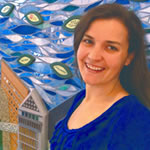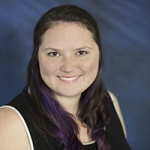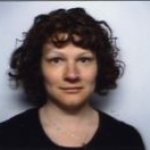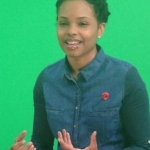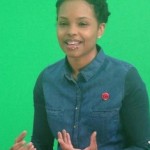
Sara Ansell
Public Art – An Unexpected Approach to Improving Health
Posted by Sep 03, 2014

Sara Ansell
My path to becoming an arts administrator is a tad unorthodox. My advanced degree is in social policy analysis and my previous professional experience is that of a public health researcher. In fact, I’m not sure I identify solely as an arts administrator. Or a policy analyst. Or a public health researcher. Instead, the world I inhabit is that of someone passionate about connecting with individuals and communities, in a tangible and meaningful way, to help address the deeply entrenched health-related challenges they face every day. Threaded throughout my winding journey to the City of Philadelphia Mural Arts Program is a core belief that we all live within a layered reality – one defined by our individual traits and behavior, our social relationships to friends, family, and neighbors, our living and working conditions including the physical environment around us, and the economic, political, and social policies and systems that impact us locally, nationally, and globally. The ecosystem in which we all interact and navigate is complex and impacts our health in very real ways. The extent to which each layer of our reality hinders and supports us as we strive for well-being varies for each of us.
Read More
